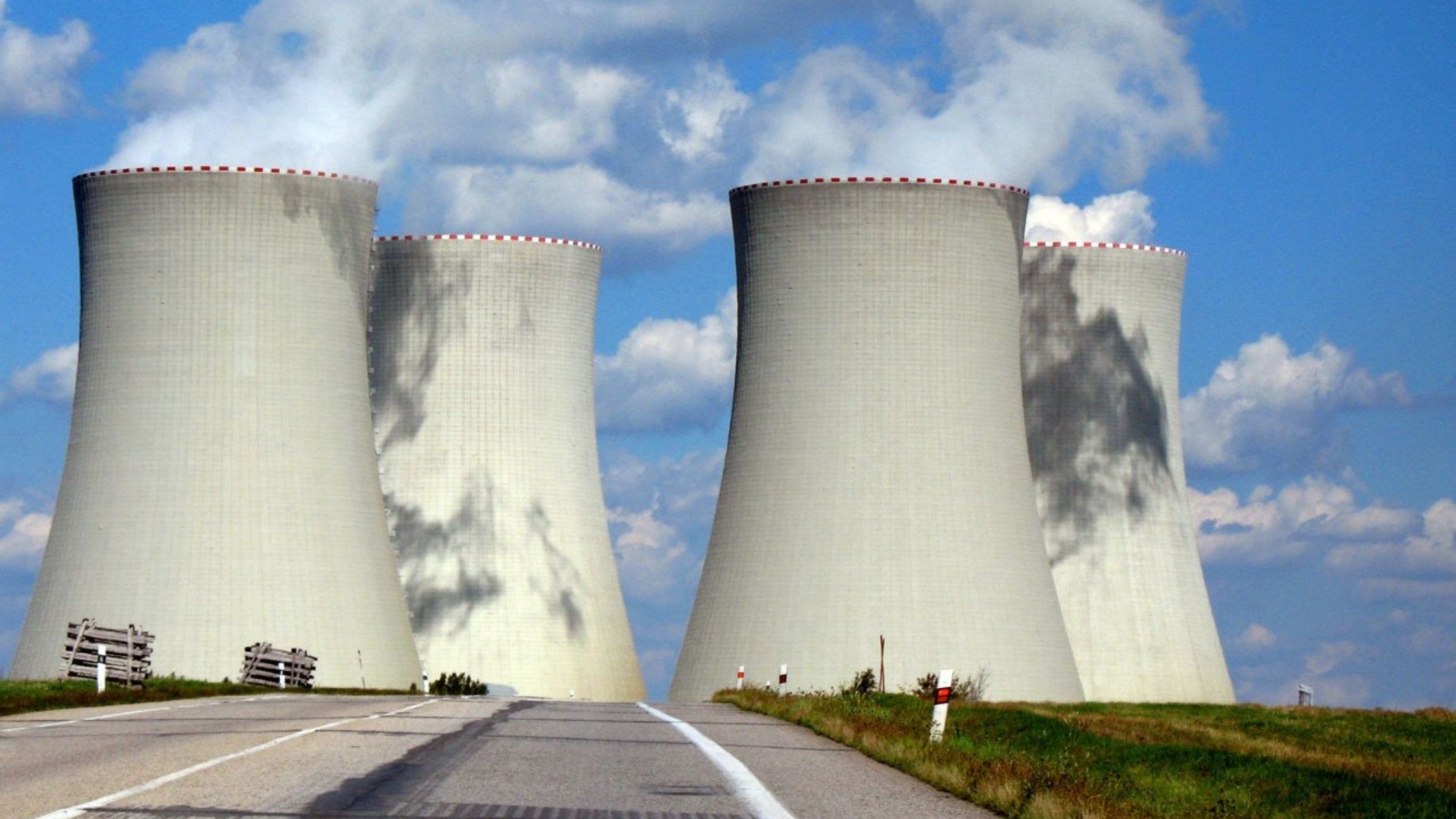
Nuclear Power is the use of atomic reactions from nuclear reactors to produce electricity. Even a small quantity of nuclear fuel can be used to generate endless electricity that can light up entire cities. Nuclear Energy is the fifth-largest source of electric energy in India. However, due to the hazards of nuclear wastes and fears around the misuse of nuclear technologies, international nuclear conventions and treaties have prevented India from trading in nuclear fuels and harnessing the massive energy released from nuclear reactions.
The Country’s Nuclear Infrastructure
The nuclear energy programme in India was launched around the time of independence and pioneered by Dr. Homi J. Bhabha. His vision and able leadership were crucial to the formation of the Bhabha Atomic Research Centre in 1954. Keeping the potential benefits of nuclear energy in mind, the Government of India has committed to developing its nuclear infrastructure in the coming years.
At present, India has twenty-two operational nuclear reactors with a total capacity of about 7,380 MW. The Nuclear Power Corporation of India Ltd (NPCIL) (formed in 1987) is a government organization that is solely responsible for the design, construction, commissioning and operation of thermal nuclear power plants.
In 1964, India adopted the pressurised heavy-water reactor (PHWR) design for its nuclear reactors since it required less natural uranium than the BWRs (Boiling Water Reactors), needed no enrichment, and were much easier to build. Due to nuclear trade bans and lack of domestic uranium reserves, this approach was taken to systematically expand India’s nuclear self-sufficiency.
India’s Nuclear Goal: Energy Sufficient
Fast forward to today, the Government of India has set several ambitious targets for the next five years and more. In 2017, the centre, for the first time, approved the building of ten nuclear power reactors in “Fleet Mode” with an aim to reduce costs and speed up the construction time.
Under the fleet mode, a nuclear power plant is expected to be constructed over a period of five years from the first pour of concrete. According to senior government officials, bulk procurement is already underway for the nuclear power plant projects with several high-value purchase orders placed for the forgings of steam generators, SS 304L lattice tubes, pressurisers and other necessary infrastructure. The ten indigenously developed pressurised heavy water reactors (PHWRs) of 700 MW each is projected to be built at a reported cost of ₹ 1.05 lakh crore.
India’s Nuclear Future
For over 34 years, the country was prevented from trading in nuclear fuel and materials by international treaties. Despite these restrictions and the lack of natural uranium reserves, India has steadily developed a nuclear fuel cycle to exploit its large thorium reserves, thanks to the Indian nuclear scientists working in departments of Department of Atomic Energy (DAE).
India’s nuclear program extends from uranium exploration, mining, fuel fabrication and heavy water production to reprocessing and nuclear waste management. The PHWRs, which use natural uranium as fuel (no enrichment required) and heavy water as moderator, have emerged as the mainstay of India’s nuclear power programme due to their low cost and high efficiency.
The scheduling of the first pour of concrete for a 700 MW Pressurized Heavy Water Reactor atomic power plant in Karnataka’s Kaiga in 2023 signals the beginning of the construction of the promised nuclear power reactors.
The officials of the Department of Atomic Energy (DAE) told the Parliamentary panel on science and technology, “The FPC of Kaiga units 5&6 is expected to be ready in 2023; the FPC of Gorakhpur Haryana Anu Vidyut Praiyonjan units 3&4 and Mahi Banswara Rajasthan Atomic Power Projects units 1 to 4 is expected in 2024; and that of Chutka Madhya Pradesh Atomic Power Project units 1 & 2 is expected in 2025.”
Parting Thoughts
Because of the will power and ambitions of the Government of India and the strong words by senior scientific officials, it is really imaginable to achieve the goals set by the department. Considering the dubious world scenario created because of Russia-Ukraine war, it will be interesting to see how India’s nuclear future shapes up.
These current developments, however, align perfectly to the goals of India’s largely indigenous nuclear power programme. Dr. Homi J Bhaba’s vision to make India a nuclear power and an energy sufficient nation is perhaps not such a distant future.
By: Debarghya Roychowdhury
Write and Win: Participate in Creative writing Contest & International Essay Contest and win fabulous prizes.

